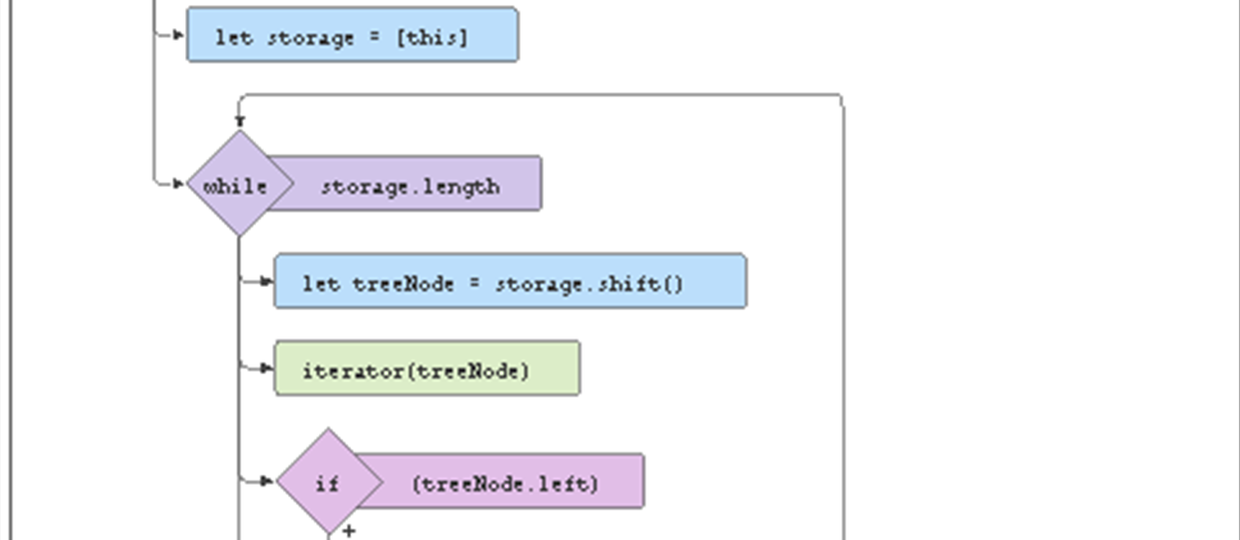Jamstack Foundational Concepts



API
API is the acronym for Application Programming Interface. It defines interactions that allows two applications to talk to each other.
API Economy
A term that has come to mean the depth and breadth of APIs that are available for developers to use in the current landscape.
Atomic deploys
The word "atomic" is used to describe deploys which include no interim state or maintenance window. With atomic deploys, all of the code, assets and configuration of a site are updated at once so that a website cannot be served in a partially updated state.
While deploying and updating sites via FTP was once popular this would result in some updated files being present on the server and ready to serve while others were still in transit. Modern platforms avoid this situation by providing atomic deploys where the new version of the site only begins receiving request when all assets and configurations are available. See also Immutable deploys.
CDN (Content Delivery Network)
A distributed network optimized for serving assets to users. By being geographically distributed, a CDN can provide redundancy and also improve delivery performance as a result of servicing requests from the infrastructure closest to the user making the request.
Client render
To generate the view of content in the browser using JavaScript. This often involves transmitting data to the browser rather than markup which is ready for the browser to display, and then using JavaScript to transform that data into a view by modifying the DOM
Decoupling
Decoupling is the process of creating a clean separation between systems or services. By decoupling the services needed to operate a site, each component part can become easier to reason about, can be independently swapped out or upgraded, and can be designated the purview of dedicated specialists either within an organization, or as a third party.
Headless technology
The term "headless" refers to removing the dependency of knowing where data will be displayed and instead just holding the data to be used wherever the developer chooses. This is often used to describe a CMS where content can be entered, held, then where and how that content is displayed is decided separately.
Immutable deploys
While a "mutable" item can change (be mutated) over time, an "immutable" item cannot. Once created, an immutable deploy of a website becomes an artifact which will not change. Instead, deploys result in new versions or instances of the site, and traffic is routed to them accordingly.
When paired with atomic deploys, immutable builds make it possible for sites to enjoy abilities such as instant rollbacks and versioning, and help to ensure that the code and assets of a website can be maintained in a known state.
Microservice
A programming paradigm where many parts of a large application are broken down into various units that have smaller responsibility. We can use Serverless or APIs for this, but it's not that APIs or Serverless are necessarily Microservices, it's that we have split apart what we want to access, and that modularity is what we call Microservices.
Pre-render / Pre-generate
To generate the markup which represents a view in advance of when it is required. This happens during a build rather than on-demand so that web servers do not need to perform this activity for each request received.
Server render
To generate markup on the server rather than on the client. Server render usually refers to the process happening at request time, rather than at build time. Some do use this term as a catch all for any rendering taking place on a server, and so disambiguation is often sensible.
Serverless
"Serverless" or "serverless functions" are a means of providing a run-time environment for code without the need for knowledge of, or control over, the underlying environment. It allows event-driven logic on the server without setting up infrastructure.
Common confusion over the term stems from the observation that "there is still a server somewhere", which is true, but no servers are present in the problem space of those working with serverless functions. In a similar way, a wireless router will have wires for power and connectivity, but no wires exist in the domain of the devices utilizing a wireless router to connect to the internet.
Static site generator
A tool which can be run as part of a build to transform content, data, and templates into files which can be deployed to a hosting environment as a ready-to-serve web site. Find a more detailed description in this article: What is a Static Site Generator? And 3 ways to find the best one.

